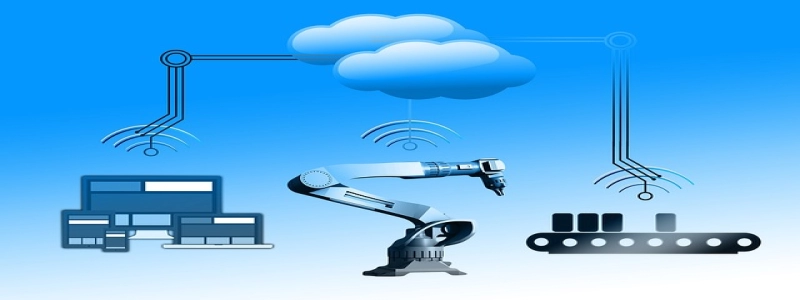N Type Connector Torque Specification
EU. Introdução
A. Definition of N Type Connector
The N Type connector is a type of coaxial connector commonly used in RF (Radio Frequency) applications. It provides a reliable and secure connection between coaxial cables and devices such as antennas, radios, and other RF equipment.
B. Importance of Proper Torque Specification
Correct torque specification is crucial in ensuring the optimal performance and durability of N Type connectors. Insufficient or excessive torque can lead to connection failures, signal loss, and damage to the connectors or equipment.
II. Torque Specification Guidelines
A. Recommended Torque Range
The recommended torque range for N Type connectors is typically between 12 and 15 inch-pounds. This torque range provides adequate tightness without risking over-tightening or damaging the connector threads.
B. Factors Affecting Torque
1. Connector Size: Larger N Type connectors may require higher torque values compared to smaller ones to ensure proper engagement and a secure connection.
2. Tipo de cabo: Different cable types have varying levels of flexibility and insulation thickness. These factors can affect torque requirements, and it is essential to consult the cable manufacturer’s specifications for guidance.
3. Environmental Conditions: Extreme temperatures, vibrations, and other environmental factors can impact the stability of N Type connectors. In such cases, it may be necessary to apply higher torque values within the recommended range to maintain a reliable connection.
III. Torque Application Procedure
A. Using a Torque Wrench
1. Select an appropriate torque wrench that allows for precise torque adjustments within the recommended range.
2. Attach the correct size socket or wrench to the torque wrench, ensuring a secure fit on the connector nut.
3. Gradually apply torque in a clockwise direction until reaching the desired torque value.
4. Avoid sudden or excessive force, as it may damage the connector or result in over-tightening.
B. Manual Torque Application
1. For situations where a torque wrench is not available, manual torque application can be achieved by using a calibrated hand tool.
2. Ensure a firm grip on the connector nut with the appropriate wrench or pliers.
3. Apply gradual force in a clockwise direction while monitoring the tightness of the connection.
4. Stop tightening when the desired torque value is reached.
4. Importance of Periodic Inspection and Retorquing
A. Regular Inspection
Periodic inspection of N Type connectors is crucial to identify any signs of loose connections, corrosion, or damage. Such issues can affect the performance and reliability of the RF system.
B. Retorquing
If loose connectors are discovered during inspection, retorquing should be performed following the recommended torque specification. It is important to ensure the connector is clean and free from debris before retightening to avoid potential damage or misalignment.
V. Conclusão
Proper torque application is indispensable for maintaining the performance and reliability of N Type connectors in RF applications. By following the recommended torque specification and conducting regular inspections, users can ensure secure connections, minimize signal loss, and prolong the lifespan of their equipment.








